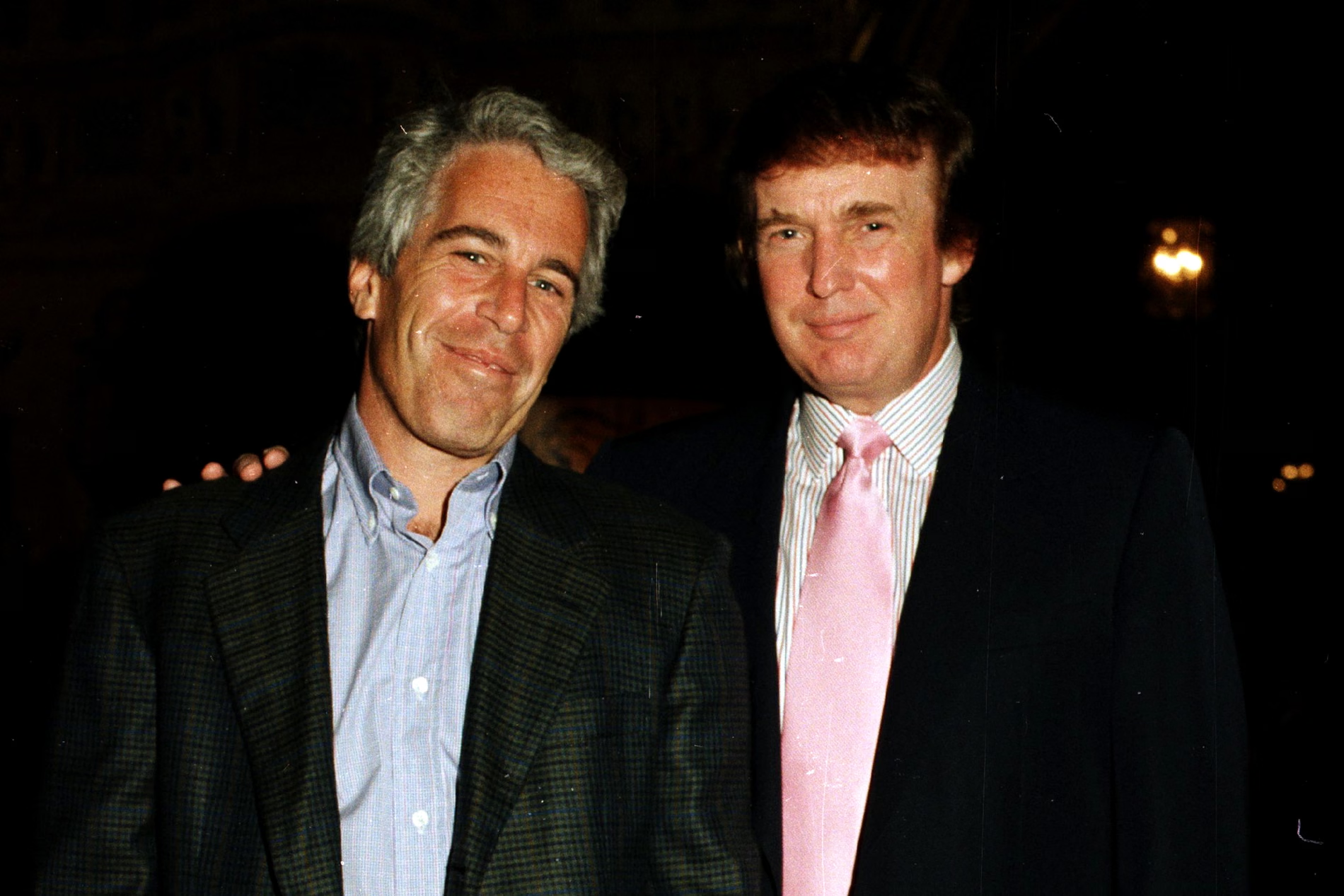
By Cassandra Devereaux
The President, advancing the agenda of his party, signed several bills into law opposing immigration. He and his base were angry and feared what they imagined to be the specter that was changing demographics usurping their economic standing and diluting their heritage. He restricted the entry of immigrants into the country and authorized the deportation of those already here. Fearing and detesting the practice of a free press, he signed laws restricting press freedoms. Expressing disdain for protest, he signed prohibitions against free assembly and speech. Even his political opponents faced the threat of incarceration. Thus, he and his party hoped to secure power, fending off the risk that migrants might become enfranchised.
This was president John Adams, and the laws came to be known as the Alien and Sedition Acts of 1798. Having been imprisoned because of these, Representative Matthew Lyon of Vermont criticized President Adams for his “unbounded thirst for ridiculous pomp, foolish adulation, and self avarice.” Adams would not be the last president to be described as such, and his virulent nativism and contempt for civil liberties would echo through the national life as decades turned into centuries.
Naturally, this did not prevent migration, and it would not be long before nativist fears would swell once more. Before long migrants from new regions, ones that might have been called “shithole countries” (a term infamously used by racist Trump) at the time, came in bringing with them different cultures and a religion that seemed at odds with the status quo. People feared this portended the destruction of their religious heritage and would cause migrants to be loyal to nefarious foreign powers. A reactionary movement coalesced in the 1850s, and its adherents proudly declared themselves to be “Know-Nothings”. The countries they directed their hostility toward were Ireland and the German states and their fearsome, alien religion was the Roman Catholic Church.
“Order of the Star Spangled Banner”
The Know-Nothing Party was short-lived but notable. It was assembled in New York City in 1849 as a secret society bearing the jingoistic name, “Order of the Star-Spangled Banner”. Lodges spread to most sizeable cities, and by the next year it emerged from the shadows to form the “American Party”, its official name. This party surged forth into halls of power, and by its peak mid-decade had won 43 Congressional Representatives. Over a fifth of the House of Representatives were Know-Nothings, and 13th President Millard Fillmore ran once more to become their candidate in the 1856 election.
Terror backed up their electoral strategy, most notably 1855’s ‘Bloody Monday’ in Louisville, Kentucky. On August 6 of that year, armed men attacked Irish and German Catholics. They murdered 22, pillaged and torched German and Irish homes. There would be no convictions, nor restitution for the victims. Businesses, too, were put to the flame.. Those, whose forebears had migrated long before, believed that they could not afford to allow their newcomer neighbors to flourish. Of course, those who inflicted this terror, those who spilled blood and committed arson, were no better off for their efforts.
It wasn’t the migrants who were the author of their woes. Nevertheless, the American Party’s platform centered strict and harsh restrictions on migrants. Most would be turned away under these politics, and those who managed to meet the strict requirements would require a 21 year waiting period before being granted citizenship. The average life expectancy for a 20 year old white man at the time was 40 years, meaning that had this political ambition been realized, many would never have lived to claim citizenship. Those who might have managed to do so would yet have faced complete political disenfranchisement. Anyone born outside the United States, the Know-Nothing policy line dictated, would never be allowed to hold political office, nor even vote.
The Klan and Jim Crow
By the end of the decade, the political upheavals leading to the U.S. Civil War had taken a toll even on the Know-Nothings, and they had faded into near irrelevance. Nativism and assorted bigotries ebb and flow in U.S civic life, but they never go away. The chattel form of slavery that built the U.S. was indeed abolished, but the plantation owners shunted Black workers into the exploitation of sharecropping, where in exchange for doing the work they would get a place to sleep and small portion of the crops. The Ku Klux Klan was established that Blacks may yet remain subjugated in the grip of white tyranny and never escape dependence on the owners of the land. The terroristic rule of masked cowardice spread as a virulent blight. It was the extralegal fist that enabled municipalities and statehouses to implement Jim Crow legal structures thereby keeping Blacks in poverty and subject to the whims of the white bourgeoisie.
Click here for Part 2 and here for Part 3



5 Trackbacks / Pingbacks